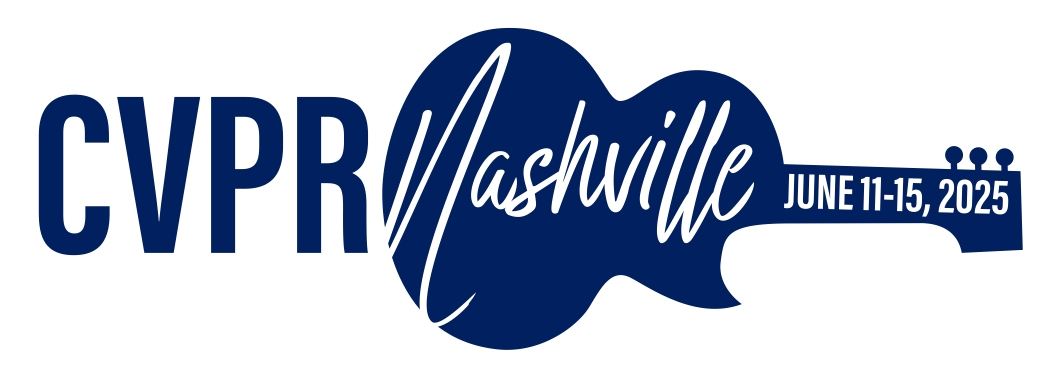-
[pdf]
[supp]
[bibtex]@InProceedings{Zhang_2025_CVPR, author = {Zhang, Yongting and Chen, Lu and Zheng, Guodong and Gao, Yifeng and Zheng, Rui and Fu, Jinlan and Yin, Zhenfei and Jin, Senjie and Qiao, Yu and Huang, Xuanjing and Zhao, Feng and Gui, Tao and Shao, Jing}, title = {SPA-VL: A Comprehensive Safety Preference Alignment Dataset for Vision Language Models}, booktitle = {Proceedings of the IEEE/CVF Conference on Computer Vision and Pattern Recognition (CVPR)}, month = {June}, year = {2025}, pages = {19867-19878} }
SPA-VL: A Comprehensive Safety Preference Alignment Dataset for Vision Language Models
Abstract
The emergence of Vision Language Models (VLMs) has brought unprecedented advances in understanding multimodal information. The combination of textual and visual semantics in VLMs is highly complex and diverse, making the safety alignment of these models challenging. Furthermore, due to the limited study on the safety alignment of VLMs, there is a lack of large-scale, high-quality datasets. To address these limitations, we propose a Safety Preference Alignment dataset for Vision Language Models named SPA-VL. In terms of breadth, SPA-VL covers 6 harmfulness domains, 13 categories, and 53 subcategories, and contains 100,788 samples of the quadruple (question, image, chosen response, rejected response). In terms of depth, the responses are collected from 12 open-source (e.g., QwenVL) and closed-source (e.g., Gemini) VLMs to ensure diversity. The construction of preference data is fully automated, and the experimental results indicate that models trained with alignment techniques on the SPA-VL dataset exhibit substantial improvements in harmlessness and helpfulness while maintaining core capabilities. SPA-VL, as a large-scale, high-quality, and diverse dataset, represents a significant milestone in ensuring that VLMs achieve both harmlessness and helpfulness.
Related Material





